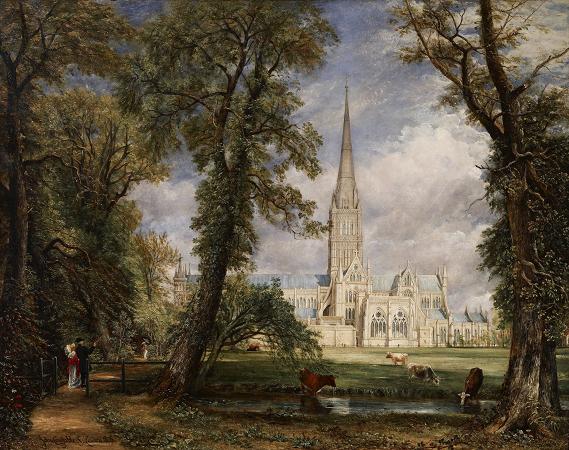Glossary. The language and terms used to describe art can vary widely depending on the context, the type of art being discussed, and the perspectives and backgrounds of the individuals involved in the conversation. However, there are some general terms and concepts that are commonly used in the art world to describe and analyze works of art. For example medium refers to the materials and techniques used to create a work of art. A painting might be created using oil paints on canvas, while a sculpture might be made from bronze or marble. Composition refers to the arrangement of visual elements within a work of art. Composition can include factors such as balance, proportion, and the use of color and texture. Style refers to the distinctive visual characteristics of a work of art or an artist's body of work. Style can encompass factors such as the use of line, shape, and color, as well as broader aesthetic movements and trends. Form refers to the physical structure or shape of a work of art. Form can include factors such as the use of space, volume, and mass. Content refers to the subject matter or meaning of a work of art. Content can encompass a wide range of themes and ideas, from historical events and cultural traditions to personal experiences and emotions. Context refers to the historical, cultural, and social factors that influence the creation and interpretation of a work of art. Context can include factors such as the artist's background and intentions, the political and economic climate of the time, and the cultural and artistic movements that were prevalent at the time the work was created. Critique refers to the analysis and evaluation of a work of art. Critique can involve assessing factors such as the artist's technical skill, the originality and creativity of the work, and the effectiveness of the work in communicating its intended meaning or message. The language and terms used to describe art can be complex and multifaceted, reflecting the diversity and richness of the art world itself. Understanding these terms and concepts can help individuals to engage more deeply with works of art and to appreciate the nuances and subtleties of artistic expression. Though the definition of what constitutes art is disputed and has changed over time, general descriptions mention an idea of imaginative or technical skill stemming from human agency and creation. The nature of art and related concepts, such as creativity and interpretation, are explored in a branch of philosophy known as aesthetics. In the perspective of the history of art, artistic works have existed for almost as long as humankind: from early pre-historic art to contemporary art; however, some theorists feel that the typical concept of artistic works fits less well outside modern Western societies. One early sense of the definition of art is closely related to the older Latin meaning, which roughly translates to skill or craft, as associated with words such as artisan. English words derived from this meaning include artifact, artificial, artifice, medical arts, and military arts. However, there are many other colloquial uses of the word, all with some relation to its etymology. Over time, philosophers like Plato, Aristotle, Socrates and Kant, among others, questioned the meaning of art. Several dialogues in Plato tackle questions about art: Socrates says that poetry is inspired by the muses, and is not rational. He speaks approvingly of this, and other forms of divine madness in the Phaedrus, and yet in the Republic wants to outlaw Homer's great poetic art, and laughter as well. In Ion, Socrates gives no hint of the disapproval of Homer that he expresses in the Republic. The dialogue Ion suggests that Homer's Iliad functioned in the ancient Greek world as the Bible does today in the modern Christian world: as divinely inspired literary art that can provide moral guidance, if only it can be properly interpreted. With regards to the literary art and the musical arts, Aristotle considered epic poetry, tragedy, comedy, dithyrambic poetry and music to be mimetic or imitative art, each varying in imitation by medium, object, and manner.
more...














